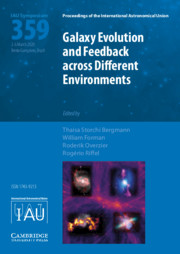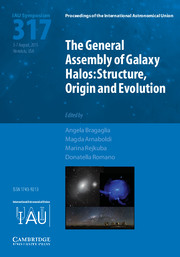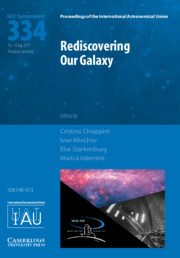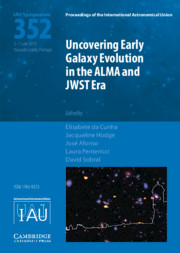Galaxy Evolution across the Hubble Time (IAU S235)
This last decade has witnessed a revolution in our observations of galaxies; in particular deep imaging with HST and spectroscopy with 10m-class ground-based telescopes have uncovered many objects that are difficult to place along the Hubble sequence. High resolution spectroscopy of extremely faint objects has enabled the study of the kinematic evolution and, hence, the mass assembly of galaxies to unprecedented look-back times for direct comparison with cosmological structure formation scenarios. Thus, it is now possible to study all three aspects of galaxy evolution - their morphological-dynamical, chemical and spectral evolution out to redshift larger than six, exploring more than 95% of the age of the universe. These Proceedings of the IAU Symposium 235 report the considerable progress made in recent years on galaxy formation and evolution, and look forward to the expected breakthroughs in the domain of remote galaxies, with ALMA, the ELT and the next generation space telescopes.
- Proceedings from symposium of the International Astronomical Union
- Presents the most recent results, from both observations and theory, about galaxy formation and evolution
- Covers the broadest range of galaxies, from very local to very first objects in the Early Universe
Reviews & endorsements
'Galaxy evolution is in a phase of astonishingly rapid development … over 200 papers in this volume [give] a snapshot of [this] progress.' The Observatory
Product details
May 2007Hardback
9780521863445
470 pages
255 × 180 × 29 mm
1.082kg
260 b/w illus. 40 tables
Out of stock in print form with no current plan to reprint
Table of Contents
- Preface
- 1. Galaxy building blocks
- 2. Environment and interactions
- 3. Star formation processes and feedback
- 4. The early Universe
- Author index.








